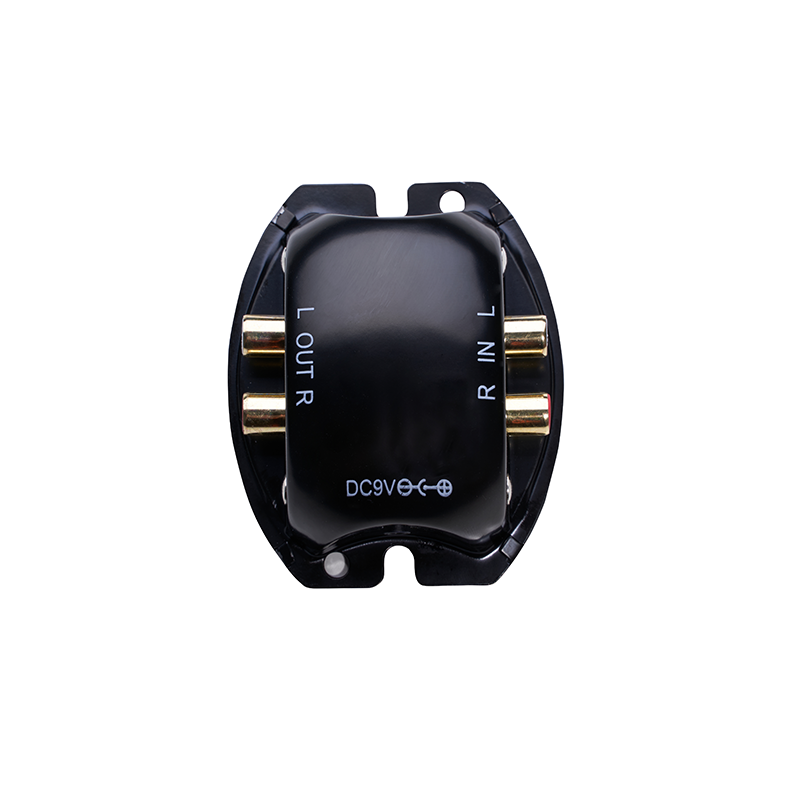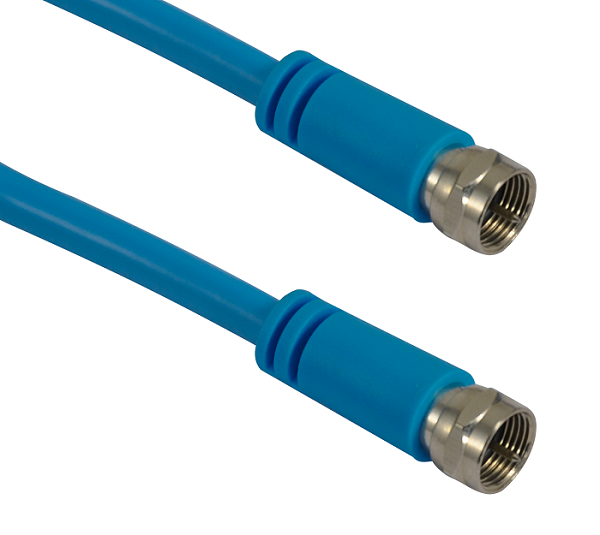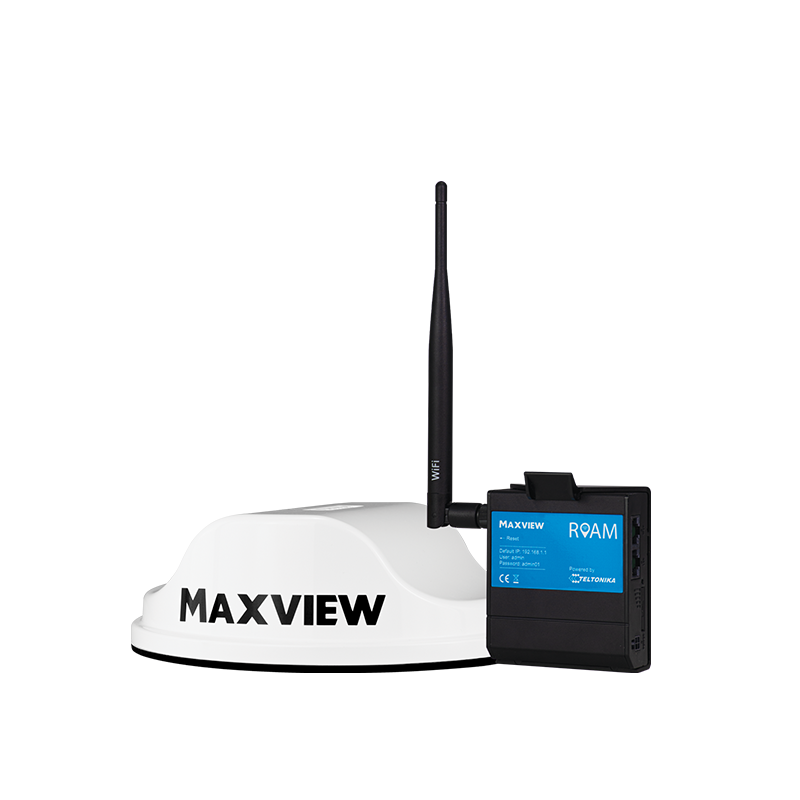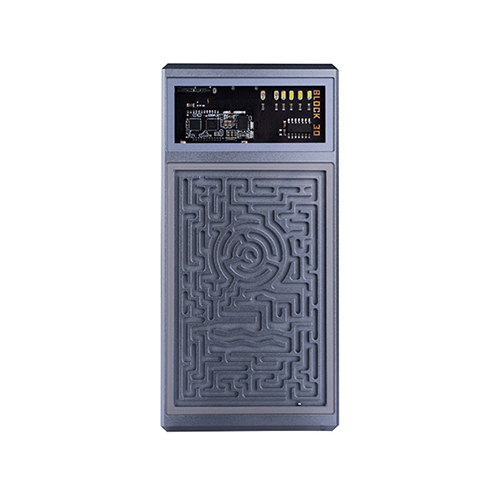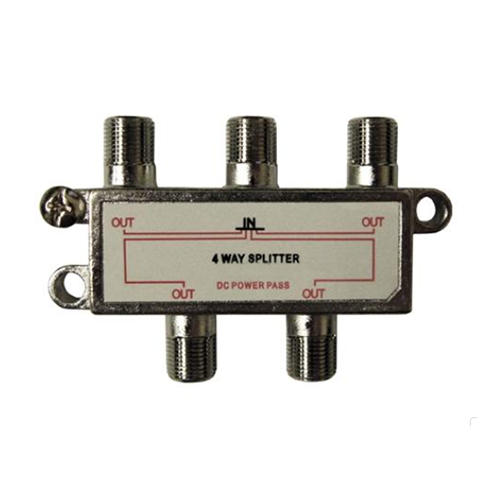Intambo ye-Ikoaayiyi kuhoywa
IkoaCnako ("coax" for short) has long been used to transmit data and video signals. It is one of the first media to support 10BASE2 and 10BASE5 Ethernet, which can achieve 10 Mb/s up to 185 meters or 500 meters, respectively. s transmission. The term "coaxial" means that the central conductor of the cnako and its shield have the same axis or center point. Some coaxial cnakos may have multiple shielding layers, such as a four-shielded coaxial cnako, which contains two layers of shielding, and each layer of shielding is composed of aluminum foil wrapped with wire mesh. The shielding characteristics of coaxial cnako make it have strong anti-electromagnetic interference ability and can transmit high-frequency signals over long distances.
Although we usually think that coaxial cnako is only used in broadband video and cnako television (CAUmabonwakude) home applications, in the business enterprise environment, from closed circuit television (CCUmabonwakude), audio and video to RF antennas, and even some network connections, you can find Its figure. Therefore, it is very necessary to understand this cnako medium and how to test it.
Uhlobo oluphambili
There are many different types of coaxial cnakos that support a wide range of professional applications, such as satellite communications, industrial, military, and marine applications. The three most common types of non-industrial Coaxial cnakosareRG6, RG11kwayeRG59, ngokubaRG6isetyenziswa kakhulu njengeCCUmabonwakude CnakokwayeCAUmabonwakude Cnako in corporate environments. The center conductor of RG11 is thicker than RG6, which means that its insertion loss is lower and the signal transmission distance is longer. However, thicker RG11 cnakos are more costly and very difficult to bend, which makes them unsuitnako for deployment in indoor applications, but more suitnako for long-distance outdoor installations or straight backbone links. RG59 is more flexible than RG6, but its loss is higher. It is rarely used in other applications except for low-bandwidth, low-frequency analog video applications (rear-view cameras in automobiles) with short distances and limited wiring space.
Isiginali yedijithali 3 (DS3) isiginali esetyenziswa kwi-ofisi esembindini (ekwabizwa ngokuba ngumgca we-T3) inkonzo yokuhambisa iyasebenzisaCoaxial cnakos, kubandakanya ezingama-75Ω 735 type and 734 type. The 735 type cnako has a coverage distance of 69 meters, while the 734 type cnako has a coverage distance of 137 meters. RG6 cnako can also be used to transmit DS3 signals, but the coverage distance is shorter.
 English
English  Esperanto
Esperanto  Afrikaans
Afrikaans  Català
Català  שפה עברית
שפה עברית  Cymraeg
Cymraeg  Galego
Galego  Latviešu
Latviešu  icelandic
icelandic  ייִדיש
ייִדיש  беларускі
беларускі  Hrvatski
Hrvatski  Kreyòl ayisyen
Kreyòl ayisyen  Shqiptar
Shqiptar  Malti
Malti  lugha ya Kiswahili
lugha ya Kiswahili  አማርኛ
አማርኛ  አማርኛ
አማርኛ  Bosanski
Bosanski  Frysk
Frysk  ភាសាខ្មែរ
ភាសាខ្មែរ  ქართული
ქართული  ગુજરાતી
ગુજરાતી  Hausa
Hausa  Кыргыз тили
Кыргыз тили  ಕನ್ನಡ
ಕನ್ನಡ  Corsa
Corsa  Kurdî
Kurdî  മലയാളം
മലയാളം  Maori
Maori  Монгол хэл
Монгол хэл  Hmong
Hmong  IsiXhosa
IsiXhosa  Zulu
Zulu  Lëtzebuergesch
Lëtzebuergesch  Malagasy
Malagasy  Punjabi
Punjabi  پښتو
پښتو  Chichewa
Chichewa  Samoa
Samoa  Sesotho
Sesotho  සිංහල
සිංහල  Gàidhlig
Gàidhlig  Cebuano
Cebuano  Somali
Somali  Тоҷикӣ
Тоҷикӣ  O'zbek
O'zbek  Hawaiian
Hawaiian  سنڌي
سنڌي  Shinra
Shinra  Shinra
Shinra  Հայերեն
Հայերեն  Igbo
Igbo  Sundanese
Sundanese  Yoruba
Yoruba  Español
Español  Português
Português  русский
русский  Français
Français  日本語
日本語  Deutsch
Deutsch  tiếng Việt
tiếng Việt  Italiano
Italiano  Nederlands
Nederlands  ภาษาไทย
ภาษาไทย  Polski
Polski  한국어
한국어  Svenska
Svenska  magyar
magyar  Malay
Malay  বাংলা ভাষার
বাংলা ভাষার  Dansk
Dansk  Suomi
Suomi  हिन्दी
हिन्दी  Pilipino
Pilipino  Türkçe
Türkçe  Gaeilge
Gaeilge  العربية
العربية  Indonesia
Indonesia  Norsk
Norsk  تمل
تمل  český
český  ελληνικά
ελληνικά  ελληνικά
ελληνικά  український
український  Javanese
Javanese  فارسی
فارسی  தமிழ்
தமிழ்  తెలుగు
తెలుగు  नेपाली
नेपाली  Burmese
Burmese  български
български  ລາວ
ລາວ  Latine
Latine  Қазақша
Қазақша  Euskal
Euskal  Az?rbaycan
Az?rbaycan  Slovensky jazyk
Slovensky jazyk  Македонски
Македонски  Lietuvos
Lietuvos  Eesti Keel
Eesti Keel  Română
Română  Slovenski
Slovenski  मराठी
मराठी  Srpski језик
Srpski језик 






